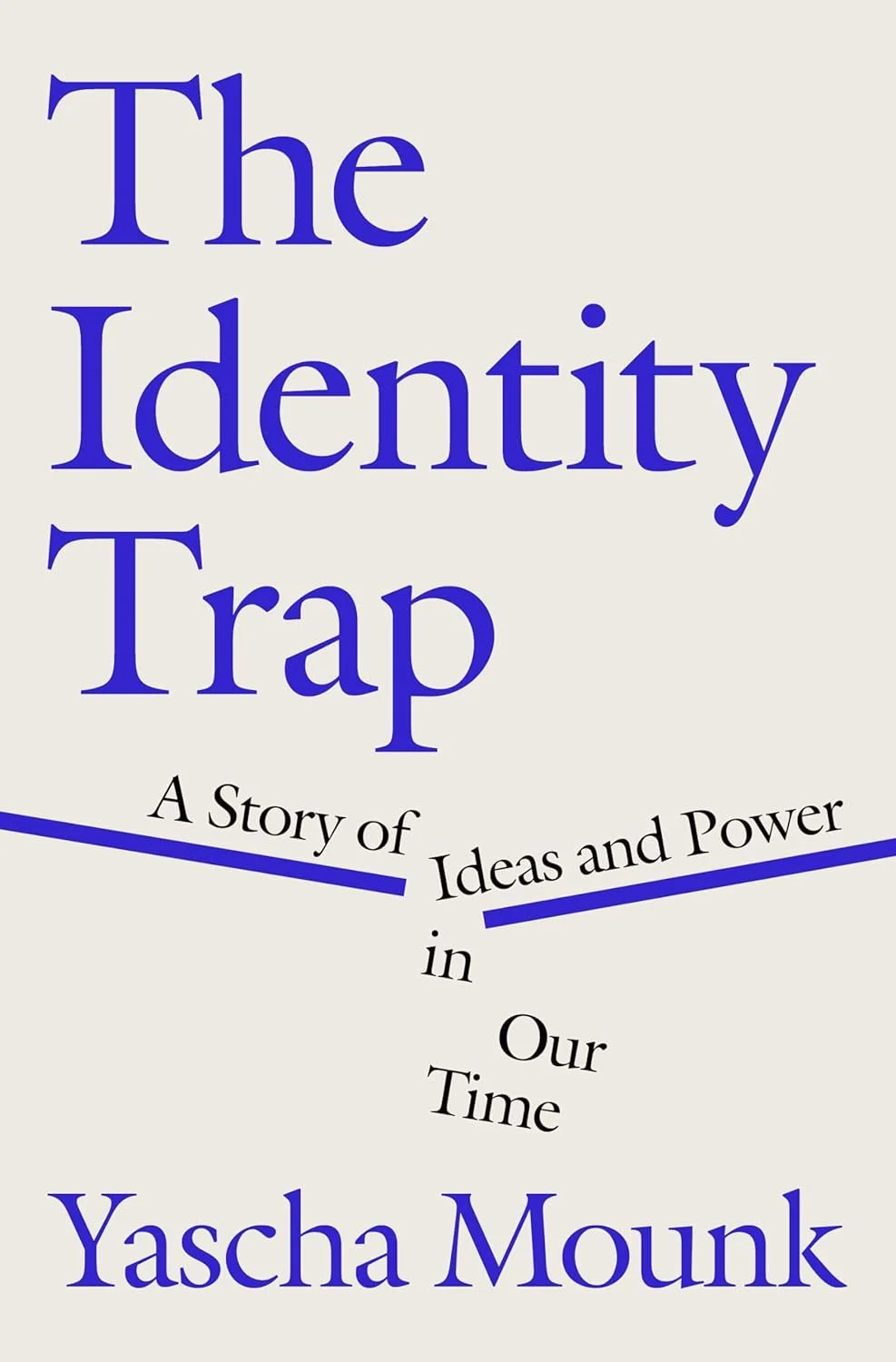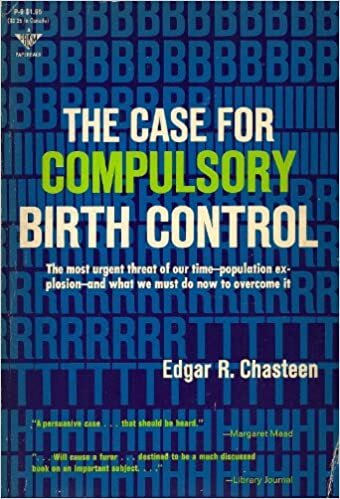The Glory Now Revealed - A Review
There remains, for some, a powerful argument that looking forward to heaven will inevitably lead to a diminished effectiveness in this life. Some critics fear a Christian can be so heavenly minded they are no earthly good. However, C. S. Lewis argues exactly the opposite in Mere Christianity:
“Hope is one of the Theological virtues. This means that a continual looking forward to the eternal world is not (as some modern people think) a form of escapism or wishful thinking, but one of the things a Christian is meant to do. It does not mean that we are to leave the present world as it is. If you read history you will find that the Christian who did most for the present world were just those who thought most of the next. The Apostles themselves, who set on foot the conversion of the Roman Empire, the great men who built up the Middle Ages, the English Evangelicals who abolished the Slave Trade, all left their mark on Earth, precisely because their minds were occupied with Heaven. It is since Christians have largely ceased to think of the other world that they have become ineffective in this. Aim at Heaven and you will get earth ‘thrown in’; aim at earth and you will get neither.”
And yet, we think of heaven so little because we talk about it so little. One reason that we talk about heaven so little is because we have such a poor conception of it. On the one hand, there are gnostic errors that present heaven as a place where we will exist in a disembodied state playing harps while sitting on clouds. On another hand, more robust, more biblical understandings, present a vision of Christians in real, physical bodies but simply engaged in a perpetual worship service, perhaps repeating the verse of one of those 90’s praise choruses that seemed to go on forever. It would be enough to be in the presence of God in a redeemed body singing “I Can Sing of Your Love Forever” on repeat. But what if heaven is actually even better than that?
Andy Davis’ book, The Glory Now Revealed: What We’ll Discover About God in Heaven, explores the data of Scripture to gain a better vision of what the future holds for those who are in Christ. Davis states his purpose for the book clearly: “It is my deepest desire that this journey will energize your heart as never before to yearn for heaven, to store up treasure in heaven, and to rescue as many people as possible to join you in heaven.”
The Glory Now Revealed is a very accessible book, written with a preacher’s heart and gift for turning a phrase. The book consists of fifteen relatively short chapters. Davis begins by laying out his vision of an eternal existence in the presence of God where we remember the events of this life and continue to learn more about the glory of God through the lives of other. He then works through Scripture to prove his case, first showing that heavenly memories of our earthly lives will exist, then that our redeemed, transformed bodies and minds will delight in learning of God’s eternal glory forever. The book explores the idea of how knowledge will be communicated, the wonder of heavenly rewards, the nature of human history in comparison with the eternity before us, a sample of some “great figures” in Church History we will learn more of, as well as a discussion of some of those “unknown” people whose stories will illuminate God’s glory in eternity. Davis discusses how we will understand the spiritual dimension of our present lives in that future state, and a fuller knowledge of what God was doing in the daily grind of our earthly existence. Drawing toward the end, the book shifts to discussions of how memories of our sin, our sufferings, the lost ones we will not see, and the evils that have existed throughout history will all contribute to the growth in our delight in God’s goodness in heaven. The book concludes with an exhortation to seek heavenly glory through faithful works in this life.
Davis is thoroughly saturated with Scripture, so it comes as no surprise to find the web of interlacing references throughout the volume. Most of the extrabiblical citations are illustrative. This is not a history of the theology of heaven, so there is only a moderate interaction with theological accounts of heaven from Church History, but that is consistent with Davis’ intent. He is trying to present a vision––shaped and filled by Scripture––of what heaven is. The hope is that vision will inspire the reader to yearn more fully for heaven and lean into it by pursuing righteousness in this life.
If asked where to learn about heaven, this is the resource I will point people toward. It is clear, simple, and Christ-honoring. More importantly, the book minimizes speculation by focusing on what can be understood from Scripture plainly read. This is the sort of book that draws the reader’s mind beyond the pages themselves to the hope that the author is pointing toward. It is a hopeful book, which offers a healthy dose of encouragement in a world that seems to be bent on wearing us down and keeping our minds of the life to come. The Glory Now Revealed is the sort of book that helps us become more like Christ by imagining more vividly what our future life in the presence of the visible Christ will be like in heaven.
NOTE: I received a gratis copy of this volume from the publisher with no expectation of a positive review.





















God of All Things thus deepens our experience of the world as we study and live. Its short chapters and engaging prose are suitable for a wide audience. The many connections with real, physical object lessons have deepened my appreciation of God’s efforts to ensure that the message of his greatness is available for all.